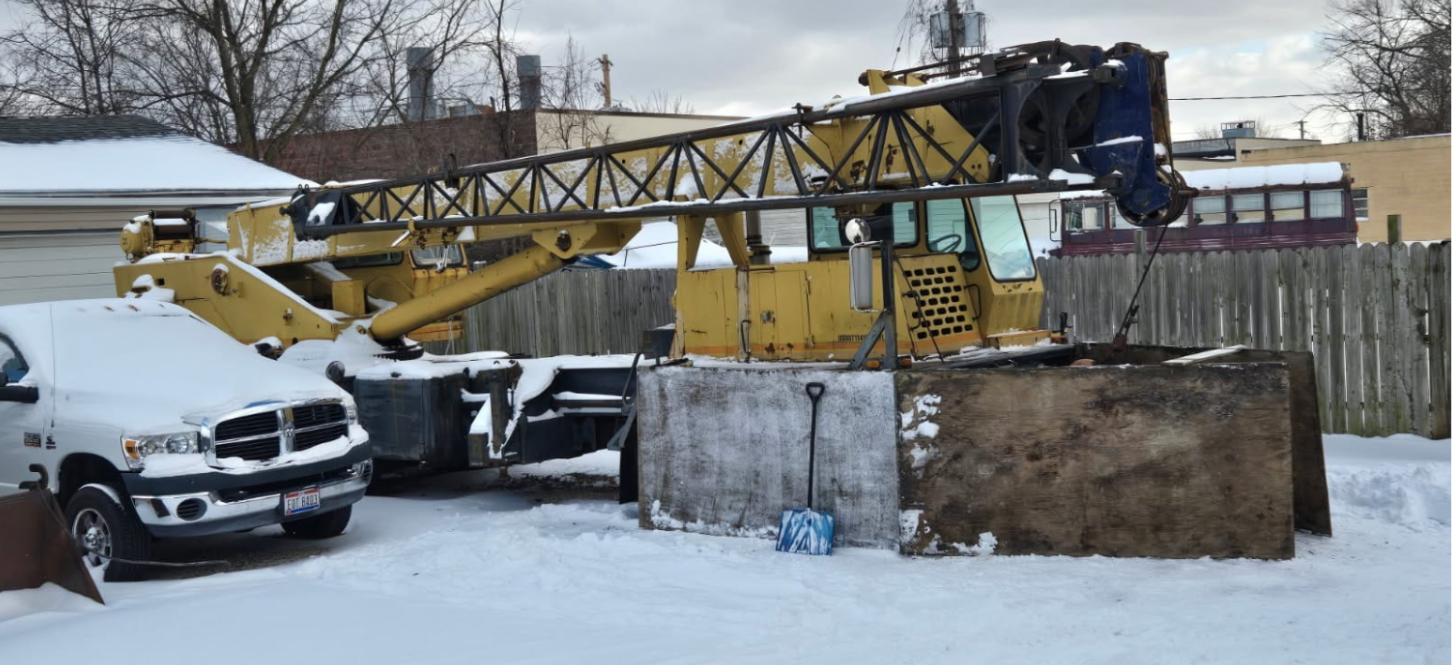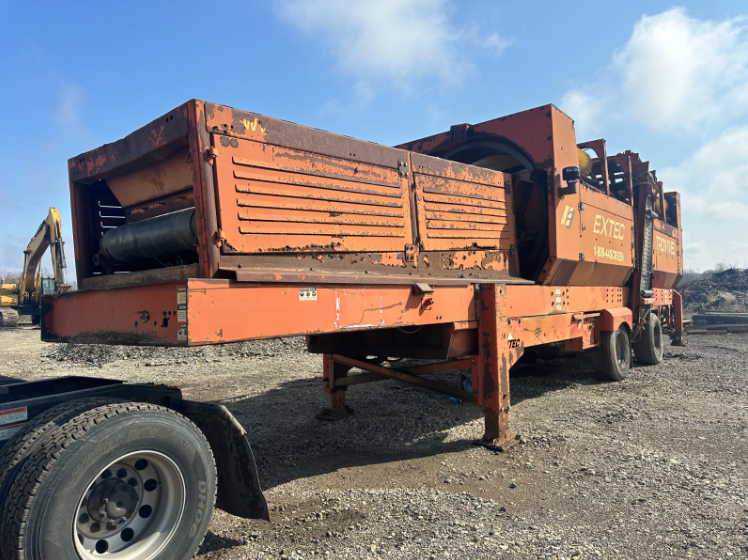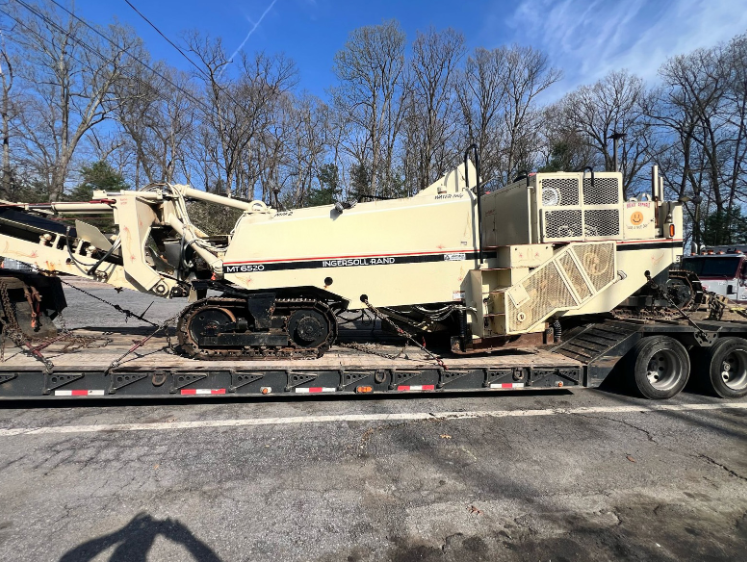Broker: Ricardo Catalan
Load: 1978 truck-mounted crane
Route: Eastlake, OH → Newark, NJ → Santo Tomás de Castilla, Guatemala
Weight: Approx. 45,000 lbs
Transit Time: Delayed by weather and documentation
Challenges: Frozen engine, port rejection, mechanical issues, revised Bill of Sale
Solutions: On-site heater system, workshop repair, international compliance strategy
The Cold Start No One Saw Coming
STT broker Ricardo Catalan had a feeling this wasn’t going to be your average move. The job? Ship a vintage 1978 crane from Eastlake, Ohio, all the way to Guatemala. But from the moment planning began, the project threw curveball after curveball.
The crane, purchased through auction, lacked a title. Ricardo worked quickly with the seller to provide a notarized Bill of Sale, clearly stating that the equipment would be exported. This would satisfy U.S. customs requirements and keep the project on track.
Then came the weather.
A brutal Ohio cold snap stalled progress when the crane refused to start. “This machine wasn’t built for subzero temps,” Ricardo explained. “Once the air valves froze, the clutch was out. No start, no move.”
Heaters and a Very Helpful Pickup Crew
Improvised insulation, STT style. With freezing temps halting progress, Ricardo’s team boxed in the crane and blasted it with a torpedo heater
With snow, rain, and freezing wind in the forecast, Ricardo coordinated with a local contact named Ed to construct makeshift wooden walls around the engine bay and blast hot air using an industrial Torpedo Heater. It worked, sort of.
“We got it running, but by the time it was defrosted, the driver had taken another job,” Ricardo said.
The next morning, the heater trick worked again. This time, the weather held. Ricardo secured a new driver, and the crane hit the road to Newark, NJ, under full power.
Cleaning Up for Customs and a Last-Minute Rejection
Before export, the 1978 crane underwent a full power wash to meet port standards and ensure a smooth international departure.
Before loading onto the vessel, the crane was power washed, inside and out. The boom had a minor hydraulic leak, so Ricardo made sure it stayed clean to avoid any port clearance issues. Everything was going smoothly, at first.
But then, port officials rejected the unit on arrival. The issue? A manual engine shutoff cable installed at the front of the machine. “They told us it was a safety hazard,” Ricardo said. “They needed to be able to power down the engine from the cabin in case of emergency.”
Fortunately, Ricardo’s driver helped secure a nearby workshop, where the team replaced the solenoid and fixed the ignition system. The crane was cleaned again, delivered a second time, and signed off with no objections.
The Final Hurdle
Despite all the hard work, the crane was delayed at port—this time for paperwork. The original Bill of Sale had a small typo in the buyer’s company name, and the corrected version had only been sent by email. Ricardo worked with the auction to overnight a notarized physical copy, which finally cleared the crane for export.
Mission Accomplished
After freezing weather, manual overrides, mechanical fixes, and shipping documentation drama, the crane is finally on its way to Guatemala. “The clients are happy,” Ricardo said. “That’s what this job is all about—finding a way to solve every problem.”








